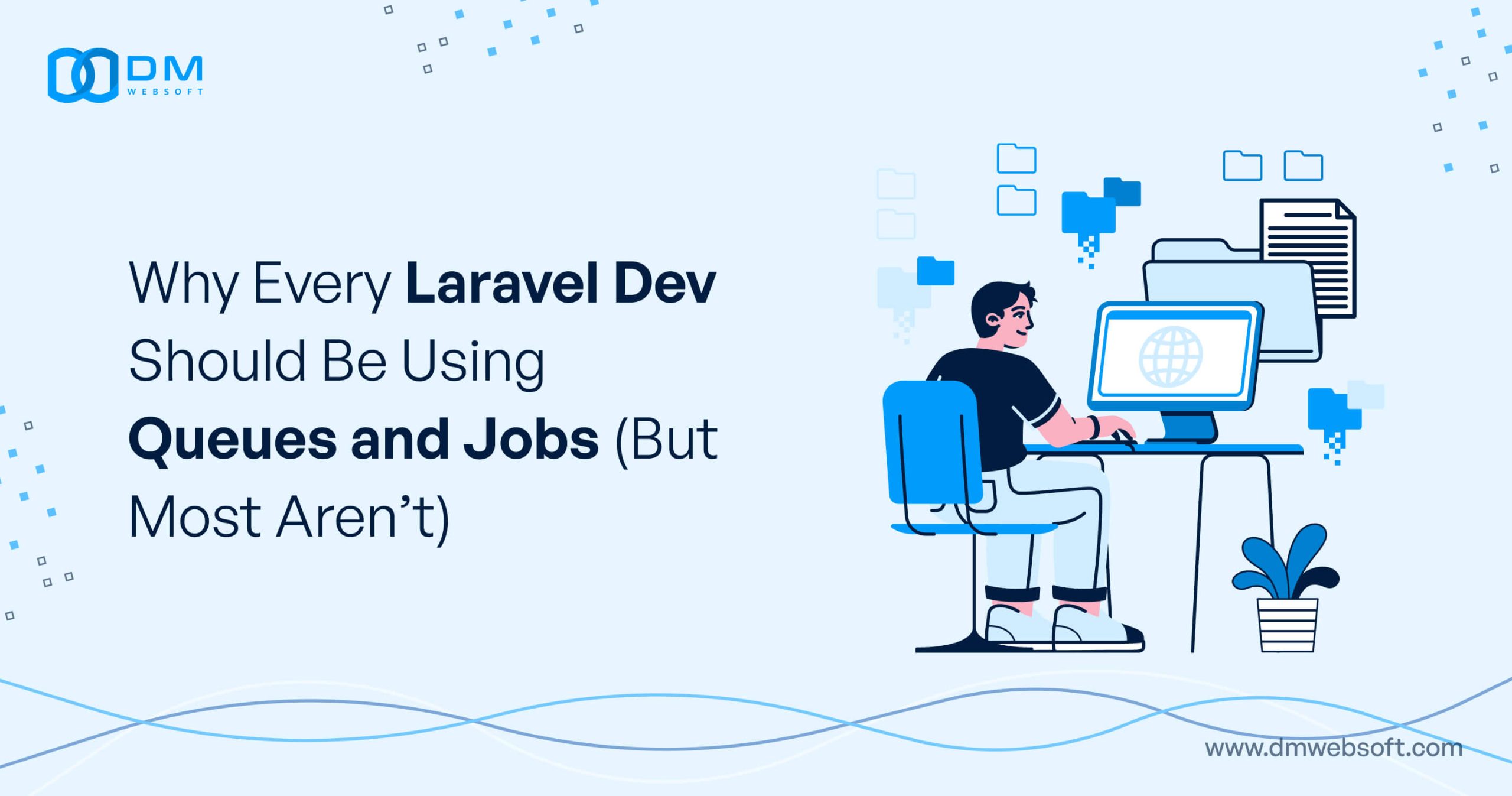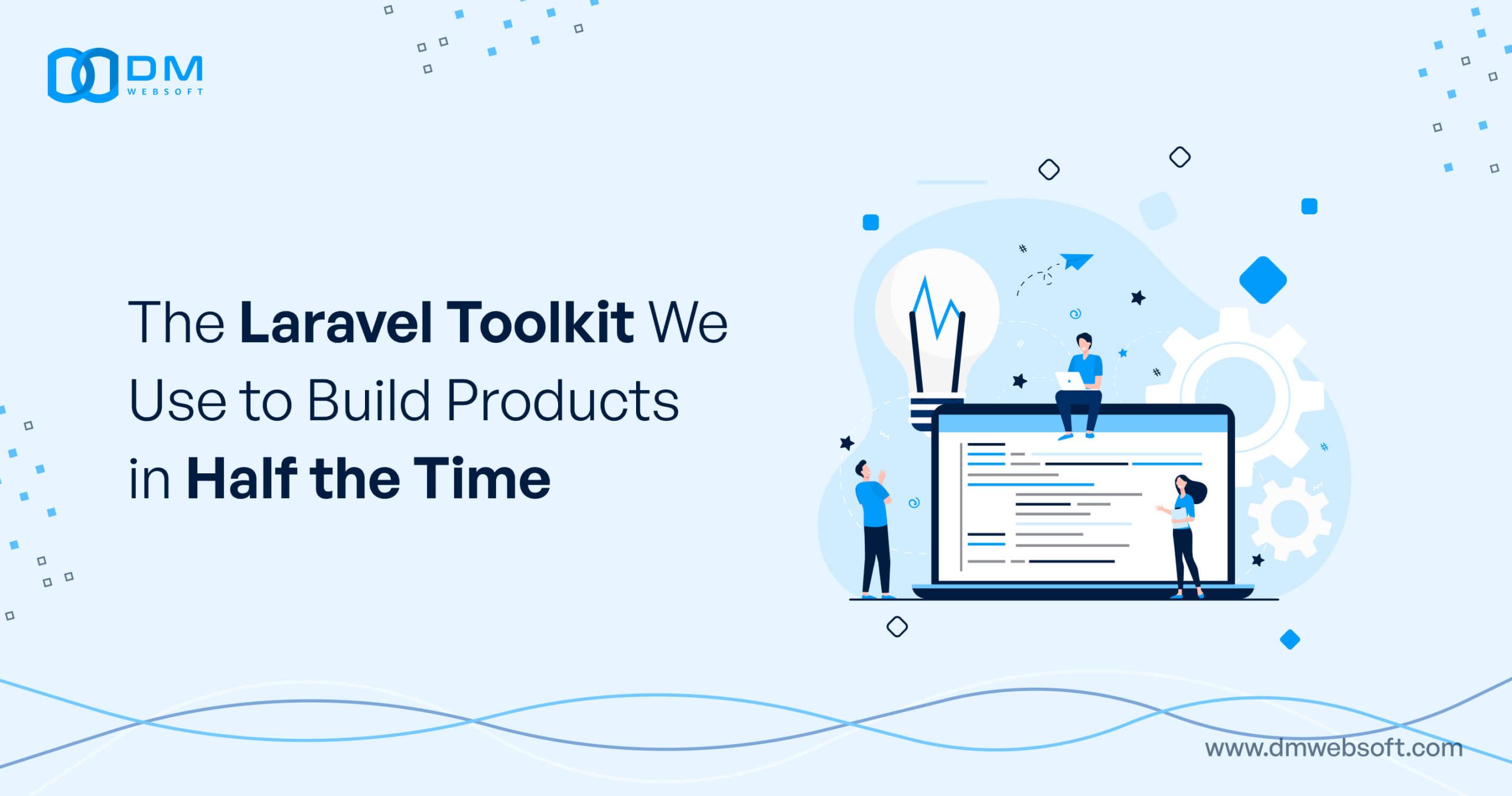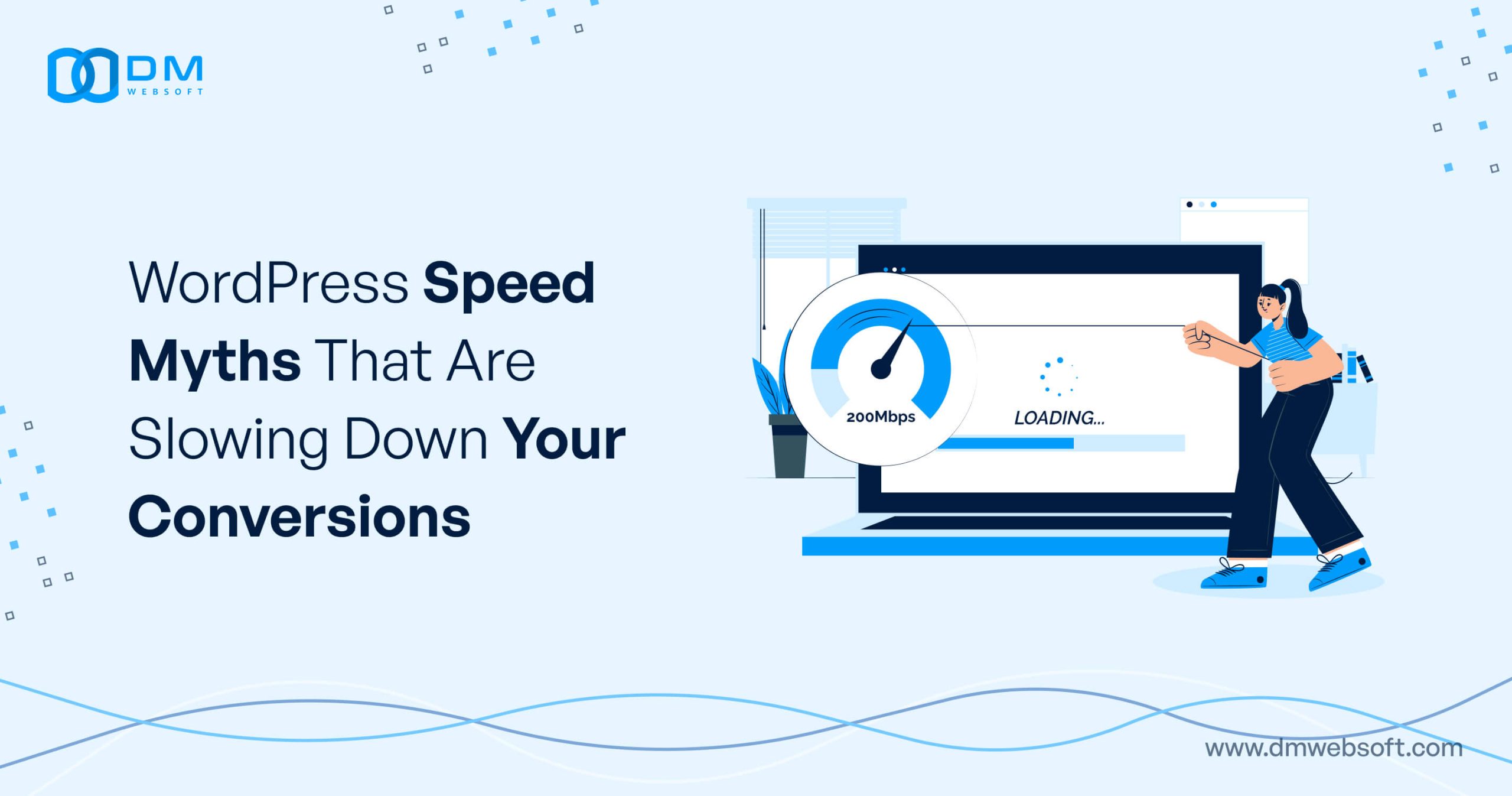DM WebSoft LLP exceeded our expectations! Their seasoned team of experts delivered a website that perfectly captures our brand essence. Their 15+ years of experience truly shine through in their exceptional web development skills.
Human Ingenuity vs Machine Learning Which Sparks Faster Product Innovation

TABLE OF CONTENT
Introduction
Speed of Innovation Development
Innovation Quality and Market Relevance
Innovation Diversity and Problem-Solving Approaches
Adaptability to Changing Requirements
Implementation and Scaling of Innovations
The Collaborative Future: Human-Machine Innovation Partnerships
The Synergy of Human Emotion and AI Analytics
Redefining Leadership: The Role of Human Judgment in Autonomous Systems
Conclusion: Optimizing Your Innovation Strategy
Get in Touch
Introduction
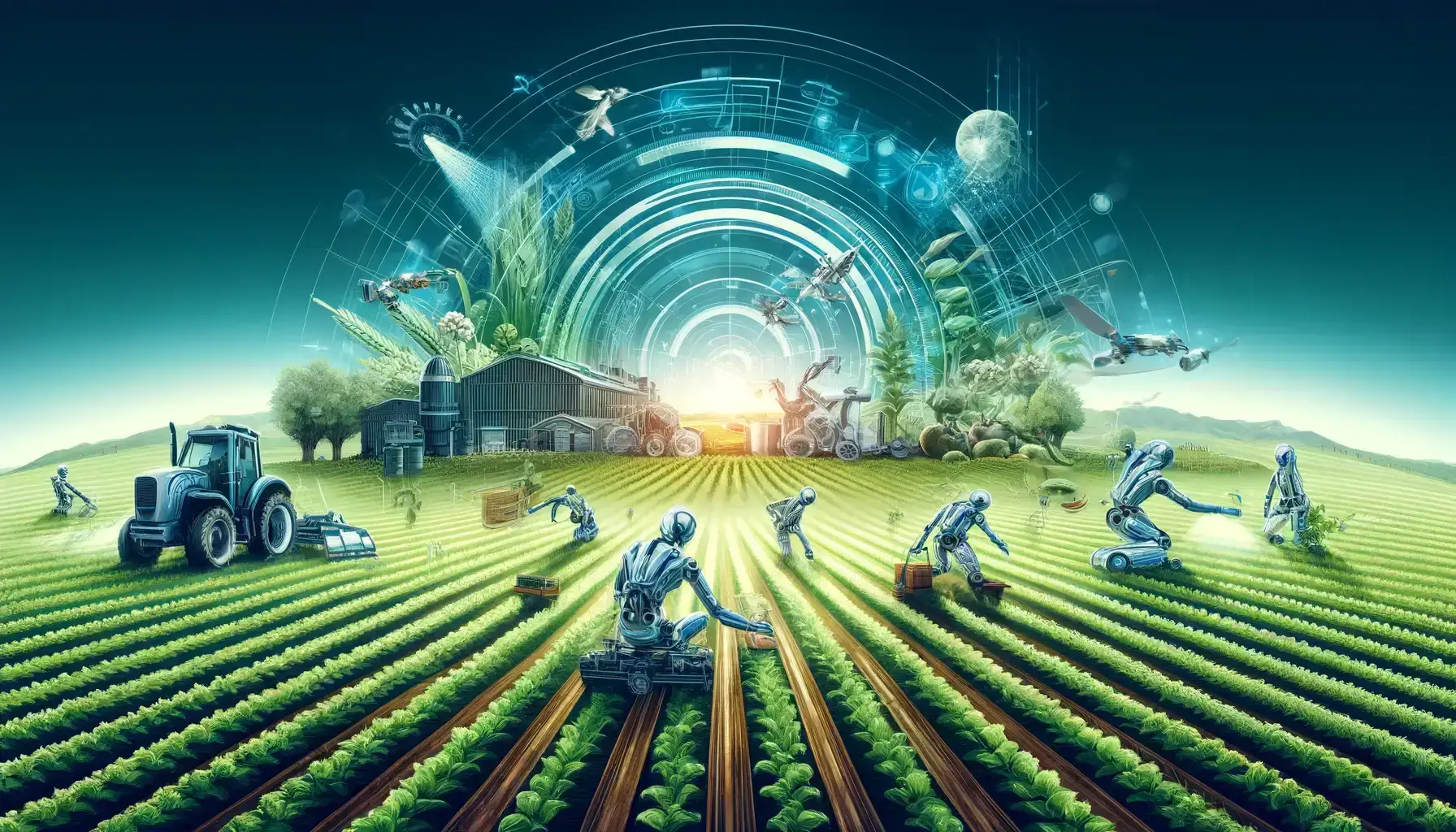
In the dynamic business world of the current era, product innovation is the pivot upon which competitive dominance revolves. Companies that continually develop creative solutions and bring them to market at warp speed excel in growth, profitability, and market share capture. There is a fundamental question for organizations of today: is human creativity the driver for innovation or has machine learning taken its place as the superior mode of product improvement?
The debate between human imagination and the potential of machine learning isn’t abstract—it has profound implications for how companies spend resources, design innovation pipelines, and build out their tech stacks. As AI and machine learning algorithms advance, most organizations have a crossroads ahead of them, asking if they should bet bigger on human capital or migrate to AI-led models of innovation.
At DM WebSoft LLP, we enable companies to maximize their innovation strategies through the complementary advantages of human imagination and machine learning technology. In this blog post, we’ll compare the relative advantages of human imagination versus machine learning along a number of dimensions, giving you practical insights to decide which method—or mix of methods—will drive your product innovation cycles faster.
Speed of Innovation Development
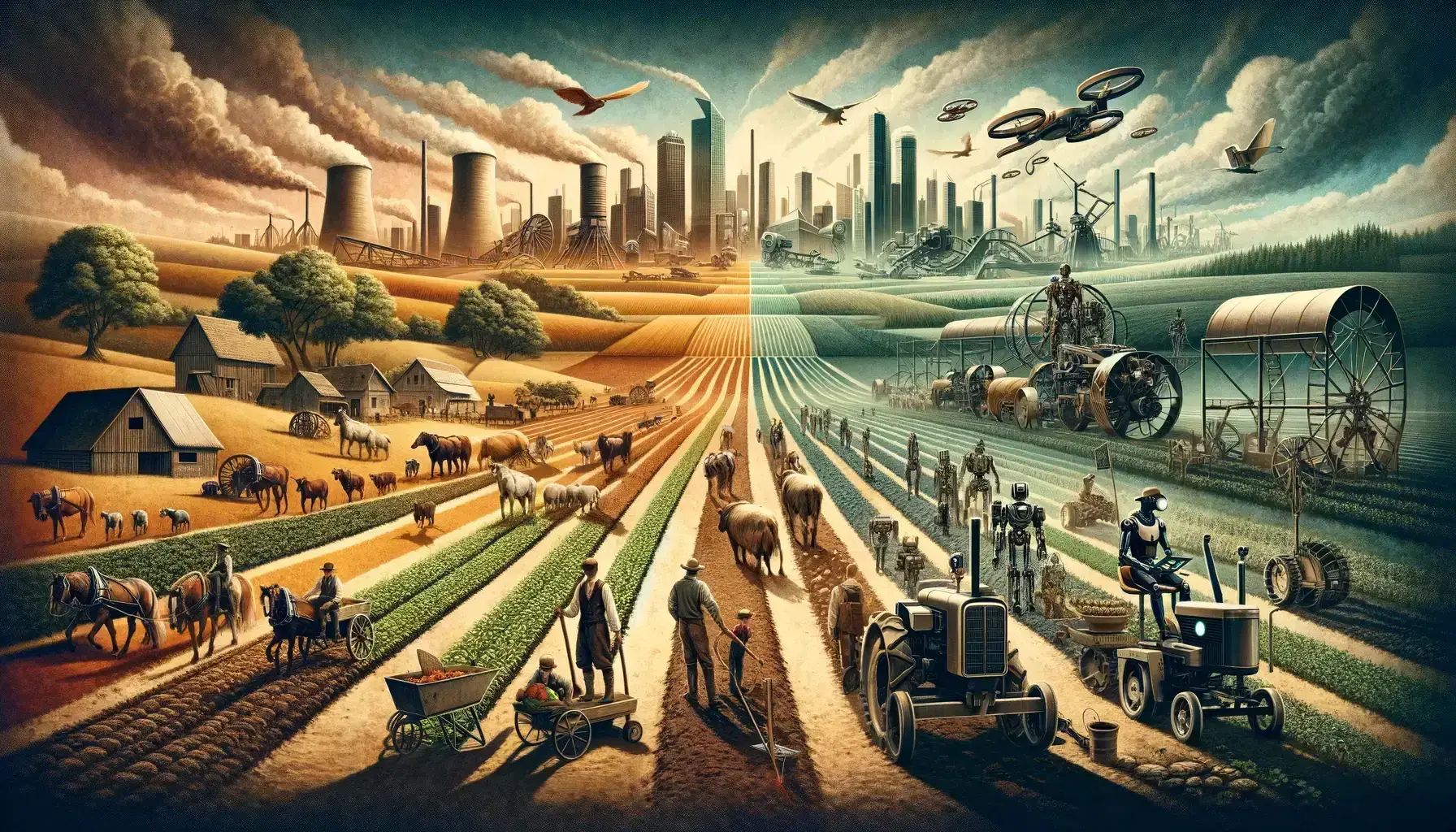
The speed with which product innovations can be imagined, developed, and marketed has a tremendous influence on competitive advantage. Human creativity and machine learning provide radically different benefits for innovation speed.
Human creativity excels at thought breakthroughs and conceptual jumps.
The human brain’s special knack for creating surprises by linking dissimilar areas of knowledge makes radical innovations that disrupt categories possible. Creative experts are able to develop new ideas promptly based on gut feeling, know-how, and emotional intelligence—attributes that enable humans to perceive unfulfilled needs that clients themselves are not yet aware of.
Human development’s innovation velocity benefit manifests best in the form of early-stage ideation. Research indicates human cross-functional teams applying design thinking practices can generate 120-150% more feasible product concepts than disciplined procedures alone. Second, human creatives are top-notch at flexibility in dealing with unclear requirements and rapid pivots when market reception calls for changes in direction.
Machine learning systems, on the other hand, illustrate faster innovation pace in certain scenarios. ML algorithms have the capacity to process and examine enormous sets of data exponentially quicker than teams of humans, discovering patterns and optimization possibilities within minutes that would take humans months or weeks to uncover.
The processing power permits ML to cycle quickly through tens of thousands of potential solutions for well-defined issues.
The pace benefit of ML-powered innovation shows especially in the areas of optimization. ML routines have the potential to try tens of thousands of parameters at the same time and upgrade current offerings piecemeal but efficiently. For instance, in medicine research, ML machines have the capacity to reduce by 60-70% screening times in chemicals, essentially streamlining drug discovery’s front ends while, at best, improving or upholding success levels.
At DM WebSoft LLP, we assist companies in deploying centaur models that leverage human creativity and machine learning acceleration. Our hybrid model usually produces 40-50% shorter innovation cycles than human-only or ML-only processes. By strategically applying human creativity at concept generation and problem definition phases and using ML for quick prototyping and optimization, we enable clients to deliver breakthrough innovations at unprecedented speed.
Innovation Quality and Market Relevance
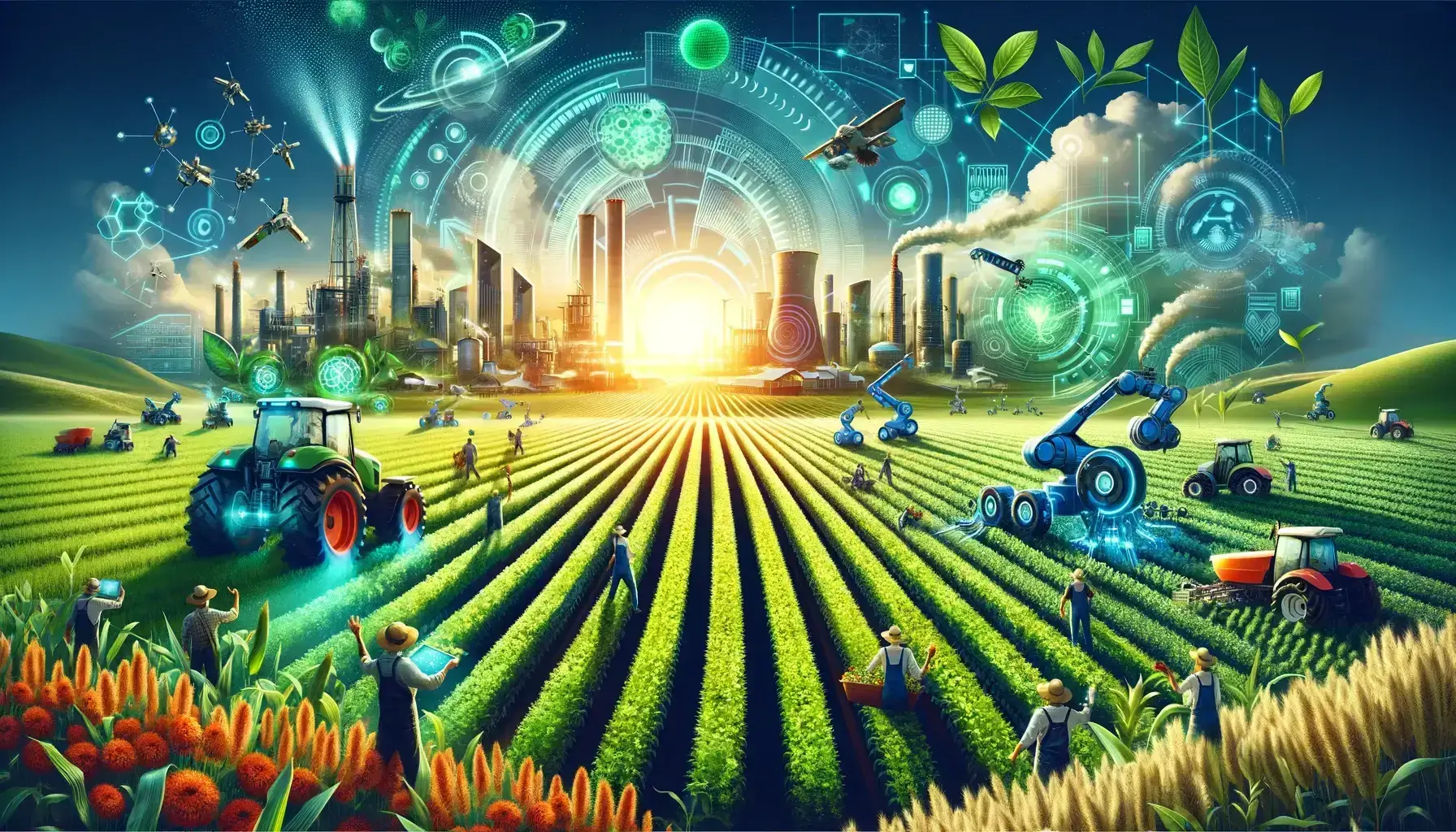
Apart from speed, the quality and market salience of innovations ultimately decide business impact. Human creativity and machine learning contribute differentially to innovation quality in different product development contexts.
Human-driven innovation shows better performance in capturing intricate human needs and emotional drivers. The human ability to empathize allows designers and product developers to thoroughly understand customer pain points, aspirations, and unexpressed desires.
This emotional intelligence is translated into innovations that speak on a human level, building stronger market relationships and brand loyalty.
The human innovation advantage in quality is most apparent in products where emotional connection and user experience are at the forefront. Human designers have a knack for designing solutions that are intuitive and pleasurable to use, serving not only functional but also psychological and social aspects.
This human-centered approach creates innovations with greater perceived value and willingness-to-pay, warranting premium prices in the market.
Machine learning excels at delivering innovation quality through precision, reliability, and data-driven optimization. ML systems can identify subtle patterns in user behavior data that humans might miss, enabling highly targeted innovations that address specific pain points with remarkable accuracy. The algorithmic approach eliminates cognitive biases that often plague human decision-making, resulting in more objective assessment of market opportunities.
The value proposition of ML-led innovation shines brightest in scenarios that demand sophisticated data analysis and pattern detection. ML algorithms inevitably beat humans when it comes to detecting correlations between large datasets, uncovering less-than-obvious relationships between variables, and predicting which attributes will lead to adoption. Research has shown that ML-optimized offerings usually score 15-30% higher in customer satisfaction for categories where functional performance is the key driver of purchase.
At DM WebSoft LLP, we assist clients in producing higher quality innovation by bringing human empathy together with machine learning accuracy. According to our research, innovations that are created using this hybrid methodology have 35-45% higher market success rates compared to innovations that are created using single-methodology methodologies. Through the leveraging of qualitative human inputs and quantitative ML data, we develop products that not only resonate emotionally but also are optimized for function.
Innovation Diversity and Problem-Solving Approaches
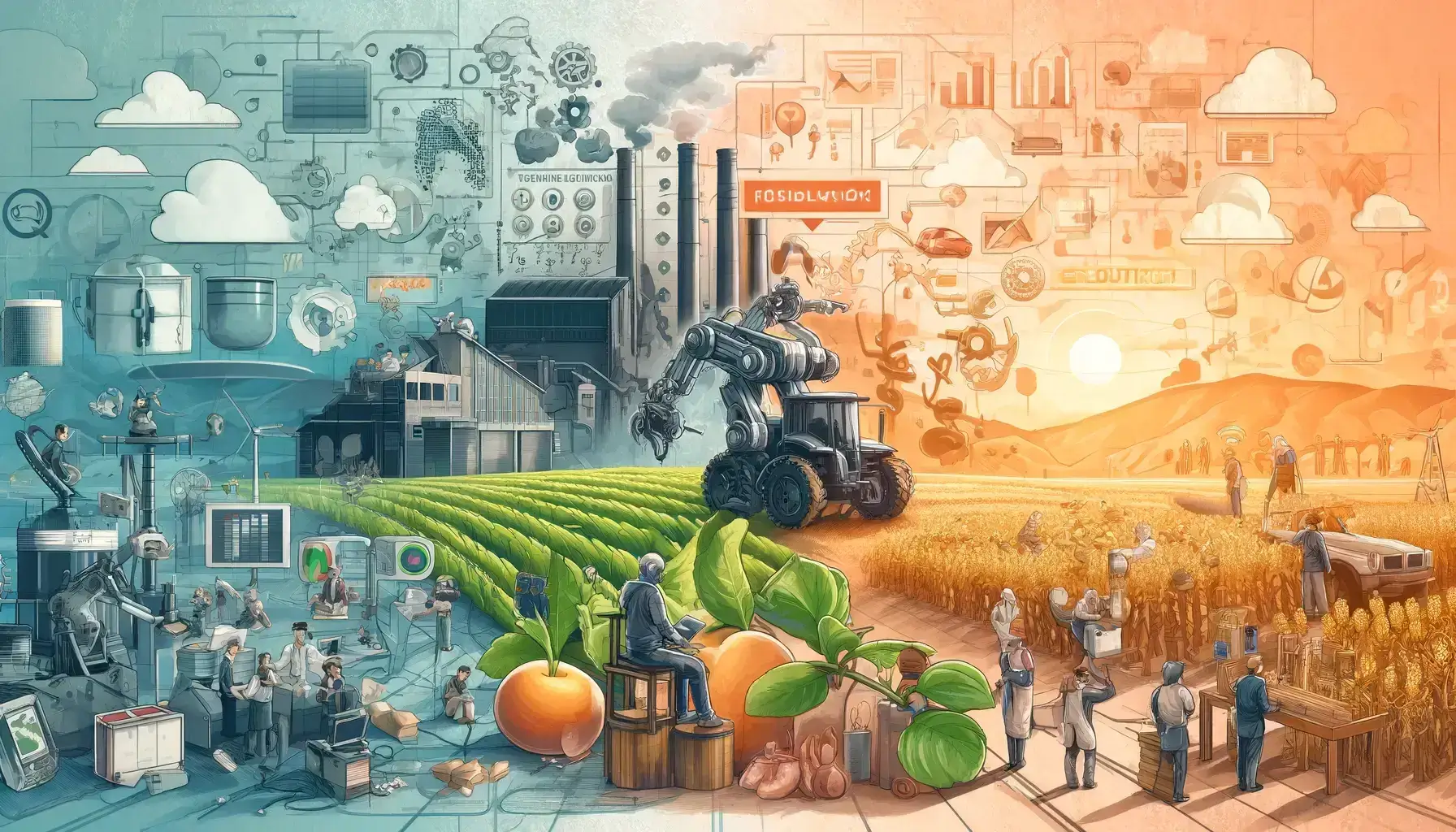
The variety of available solutions and range of problem-solving strategies strongly influence the outcomes of innovation. Human creativity and machine learning produce inherently distinct portfolios of innovation with distinguishing benefits and constraints.
Human creativity is strongest in divergent thinking—the capacity to come up with many, varied solutions to ill-defined problems. The human brain can take surprising conceptual leaps, making novel connections between unrelated areas to come up with really new solutions. Creative groups show great flexibility in redefining problems and searching solution spaces that are not necessarily apparent from problem definitions.
The human diversity dividend of innovation is most visibly observable in wicked problems with blurry boundaries and numerous stakeholders. Human innovators can encompass moral considerations, cultural nuance, and social implications that algorithms operating solely with data may be blind to. This contextual sense allows innovations to address root system problems rather than symptoms in abstraction.
Machine learning, as opposed to other approaches, does have fantastic capabilities to outline extremely large solution spaces within limited frameworks. It has the ability of ML systems that can generate and evaluate thousands of potential solutions at once and spot promising routes likely to go unobserved due to human error or computational overload. This computational force allows exhaustive exploration of potential innovation avenues.
The strength of ML-led innovation diversity arises most strongly in areas with strongly structured problems and measurable success factors. ML algorithms are particularly adept at finding hidden optimization opportunities within intricate systems, uncovering counterintuitive methods that defy human intuition. Experiments indicate that solutions created through ML tend to involve novel mixes of features that human innovators may rule out too quickly.
At DM WebSoft LLP, we assist companies in maximizing innovation diversity by complementary use of human creativity and machine learning exploration. Our combined methodology generally produces 40-60% more feasible solution paths than single-methodology solutions. By using humans to creatively define the problem space and machines to exhaustively explore solution possibilities, we assist clients in finding breakthrough innovations that may otherwise go unnoticed.
Adaptability to Changing Requirements
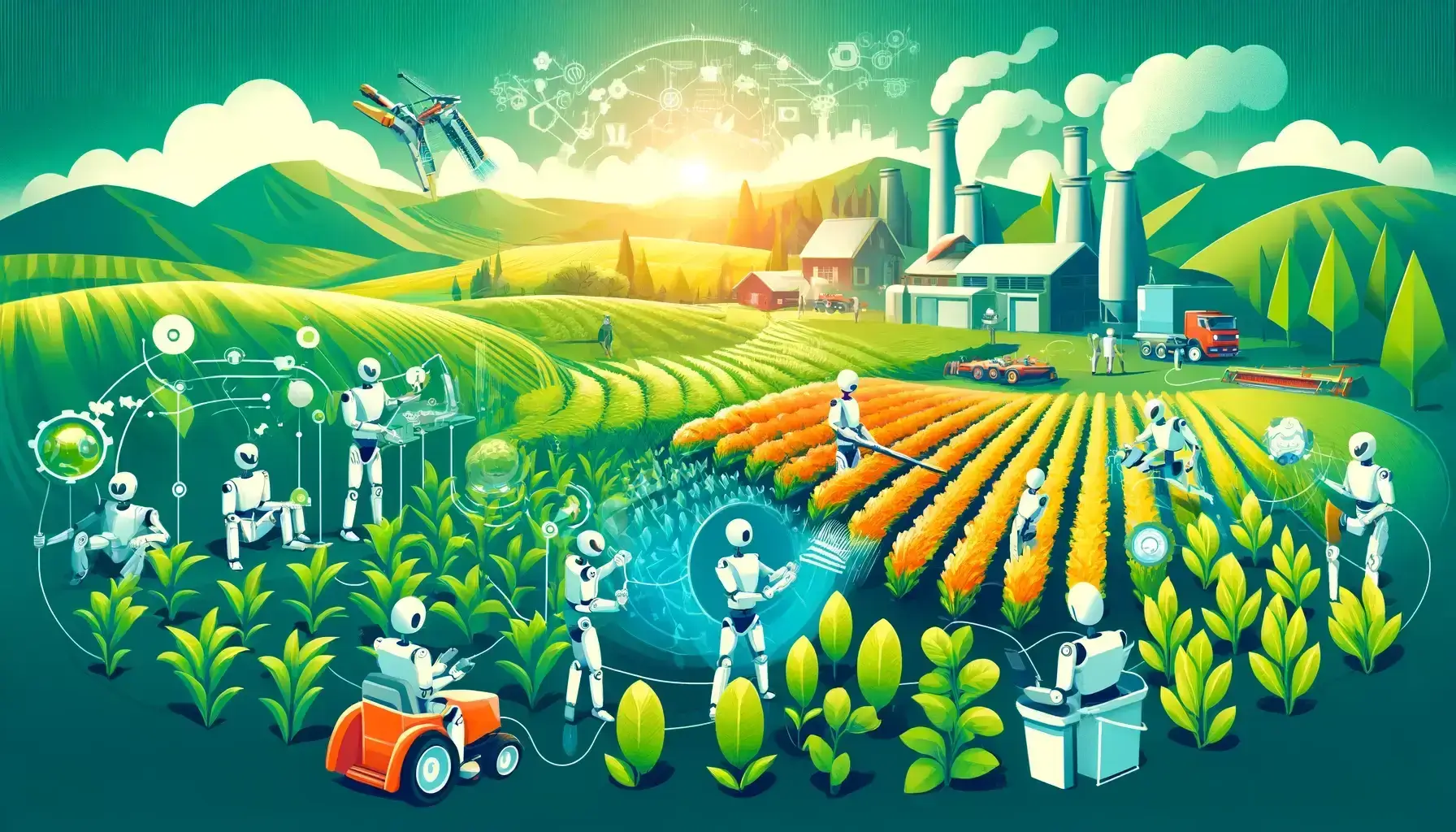
With the ever-changing nature of business today, adaptability of innovations to fast-changing market demands is what guarantees long-term achievement. Human creativity and machine learning present different strengths in coping with changing innovation trends.
Human innovators are extremely capable of adapting to underlying changes in problem definition or context. Humans’ ability at lateral thinking helps creative teams suddenly change direction quickly when the circumstances of the marketplace change, reconstructing problems and redesigning solutions without extensive need for retraining. This adaptation allows innovation processes that continue unbroken even where early assumptions about what needs solving are proven invalid.
The human innovation’s adaptability benefit is most obvious in times of paradigm shifts or disruptive market disruption. Human teams are able to rapidly assimilate new information outside of established data patterns and make intuitive jumps bridging discontinuous changes. This adaptability enables organizations to sustain innovation momentum even in times of high uncertainty.
Machine learning systems excel at continuous adaptation within set parameters. ML algorithms can detect subtle changes in user needs or performance metrics and can adjust solutions automatically to provide best fit with evolving requirements. This data-driven responsiveness enables real-time optimization without the intervention of humans.
The flexibility benefit of ML innovation comes through most clearly in contexts of ongoing, incremental change. ML systems can analyze real-time data streams for novel trends before human analysts are aware, allowing pre-emptive corrections rather than reactive patches. Research indicates adaptive ML systems commonly perform 20-30% better in terms of measures of performance when there is incremental market evolution versus fixed methods.
We at DM WebSoft LLP assist organizations in developing innovation processes that incorporate machine learning responsiveness and human agility. Our two-level strategy allows customers to react appropriately to breakthrough and incremental disruption. By allowing ML systems to optimize strategic decisions and having humans in charge of the overall strategy, we assist organizations in moving through uncertain innovation environments with 35-45% higher responsiveness compared to conventional approaches.
Implementation and Scaling of Innovations
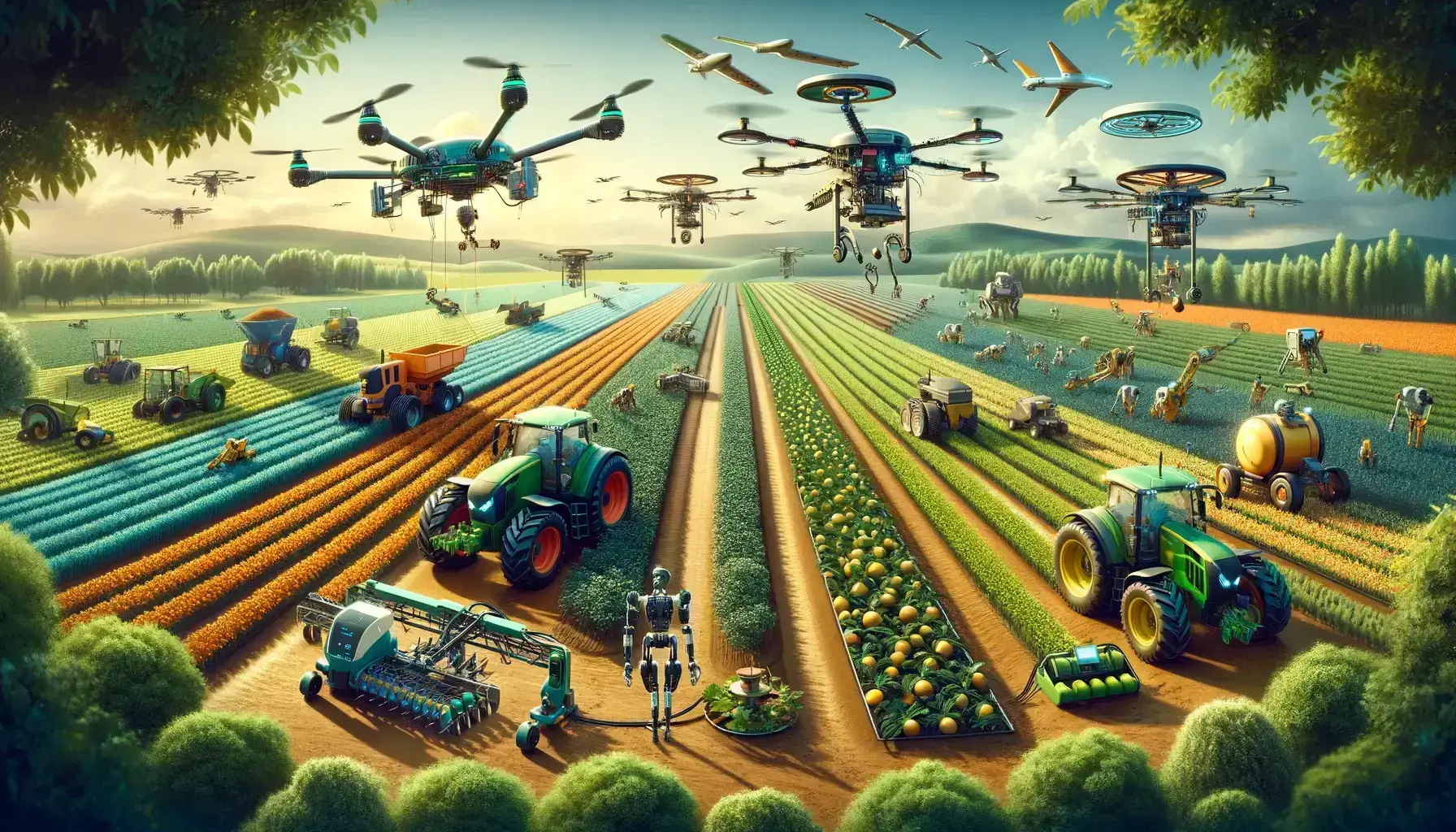
Even the most ingenious innovation generates no value until implemented and scaled successfully. Human creativity and machine learning play differently in the implementation stage of the innovation process.
Human-led implementation is superior in managing organizational intricacies and stakeholder politics. Human change agents are aware of the political, cultural, and affective aspects of implementation issues, which enables them to form coalitions, manage resistance, and establish buy-in for innovative solutions.This social smarts facilitates effortless embracement of new approaches even in complex organizational environments.
The implementation value of human innovation leaders is particularly evident in cases of deep behavioral change or cross-functional alignment. Human change champions can adapt messaging and implementation strategies to different groups of stakeholders, engaging with unique concerns and incentives that may not be apparent through organizational charts or process documentation.
Machine learning is more capable in reliable performance and methodical scaling. ML systems can precisely copy successful implementations in multiple settings, bypassing variability that typically jeopardizes human-driven scaling efforts. This computational fidelity ensures that innovations maintain quality and performance characteristics as they expand to new markets or user bases.
The benefit of ML-based implementation becomes most apparent in high-precision and high-reliability contexts at scale. ML systems are particularly good at sustaining strict quality control across distributed operations, automatically compensating for local differences while maintaining essential functionality. Studies show that ML-optimized implementation processes tend to achieve 25-40% better consistency metrics compared to conventional methods.
At DM WebSoft LLP, we assist customers in optimizing implementation success by leveraging additive human and machine capabilities. Our combined solution resolves the technical and human aspects of scaling innovation for a 30-50% increase in adoption rates and accelerated time-to-value. With ML-powered optimization of implementation processes combined with human change leadership, we assist companies in turning innovative ideas into market leaders.
The Collaborative Future: Human-Machine Innovation Partnerships
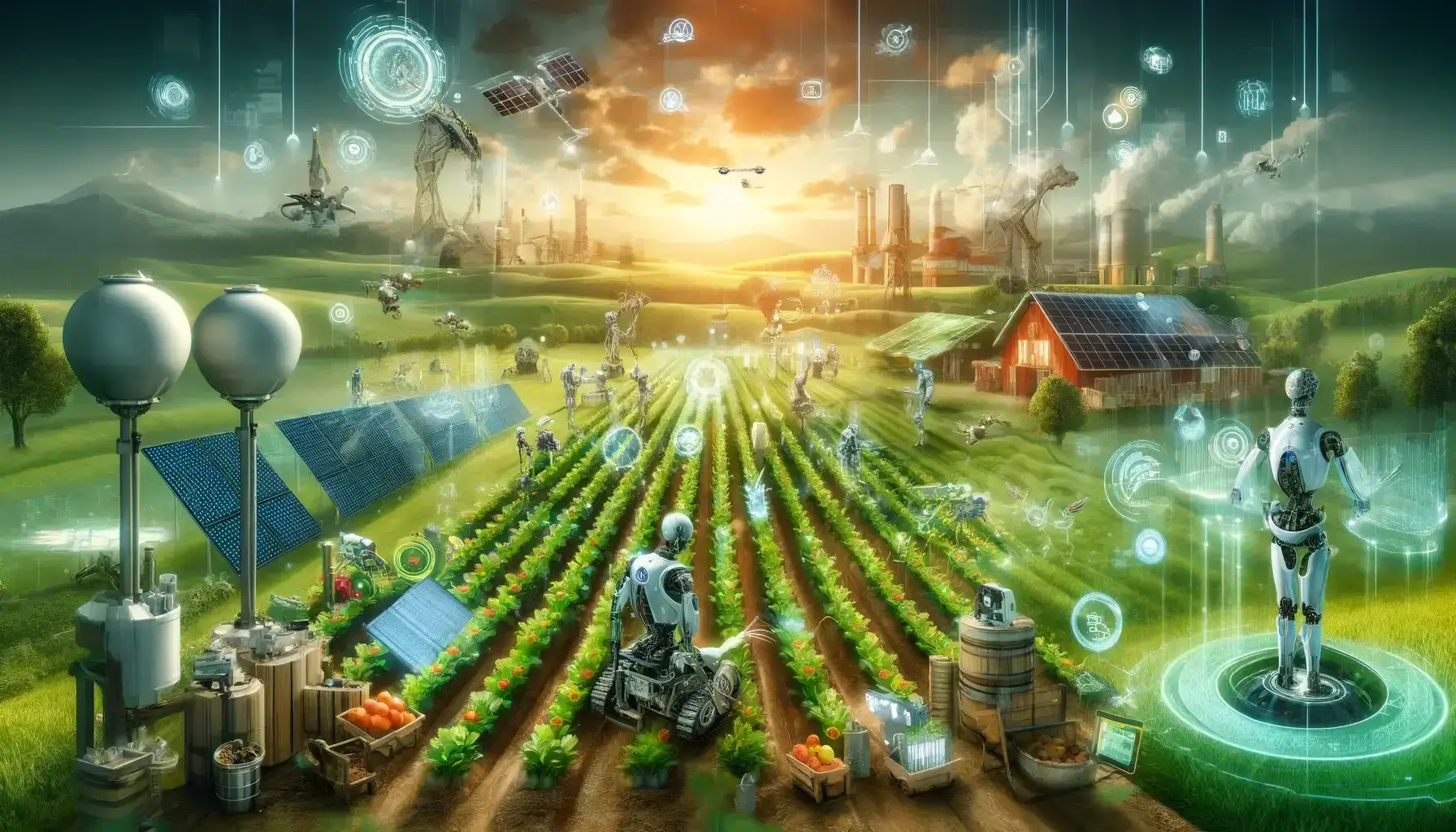
While comparing human ingenuity and machine learning one against the other offers useful lessons, the most potent innovation strategies take advantage of the complementary strengths of both. Product innovation in the future is not about deciding between humans and machines, but in creating collaborative systems that enhance their combined abilities.
The new paradigm of collaborative intelligence acknowledges that people and machines are best at profoundly different things in the innovation process. People bring creativity, empathy, ethical reasoning, and situational awareness that are still out of reach for AI. Machines bring speed, pattern recognition, consistency, and lack of cognitive biases that constrict human thought.
The best human-machine collaborations distribute work based on these relative strengths. Humans do best at defining problems, coming up with novel ideas, grasping emotional requirements, and handling ethical aspects. Machines do best at searching solution spaces, detecting patterns in data, optimizing performance parameters, and performing consistent execution.
This synergistic process results in a multiplier effect beyond human-only or machine-only innovation. Properly composed human-machine teams can be 80-120% better on innovation outcomes versus single-methodology solutions across such measures as development speed, quality, market fit, and implementation success, research shows.
The key to successful human-machine innovation lies in thoughtful system design that facilitates seamless collaboration. That involves having adequate interfaces to enable machine capability to be leveraged by human innovators, understandable AI that explains its reasoning and recommendations, and organizational systems that integrate human and algorithmic wisdom into decision-making.
At DM WebSoft LLP, we specialize in creating collaborative innovation systems that tap into the collective power of human imagination and machine learning capabilities. Our structured approach evaluates your individual innovation challenges, organizational context, and technology preparedness to create customized strategies that deliver breakthrough products at record speed. By synergistically integrating human and machine intelligence throughout the innovation process, we empower clients to achieve sustainable competitive advantage in rapidly changing markets.
The Synergy of Human Emotion and AI Analytics
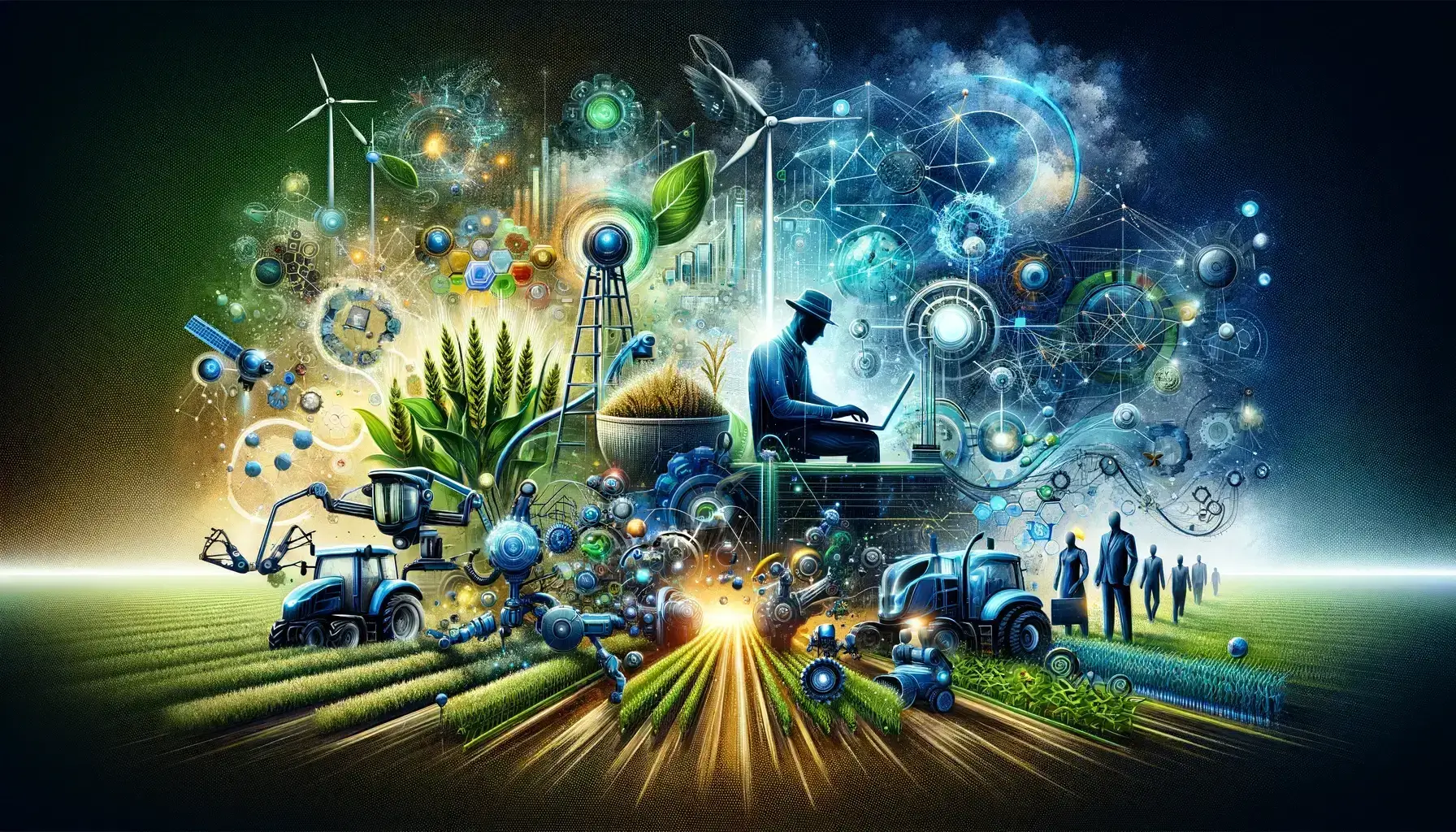
As we increasingly enter an age of human-machine partnership, the capacity to integrate human emotional intelligence with machine-based analytics is a strong frontier for innovation.
Emotional intelligence is an essential element of human creativity and decision-making, allowing people to navigate intricate social relationships, decipher nuanced emotional signals, and sympathize with various points of view.While not growing better at dealing with immense amounts of data, machines are not capable of emulating the sophisticated intuition of human emotions and human relationships that typically drives good innovation.
But when machines and humans work together, they can merge those emotional understandings with the analytical power of the AI. AI systems can help by breaking down consumer comments, social media sentiment, and buying patterns to identify trends and anticipate them.
Humans, with their emotional intelligence and capacity to know people’s needs instinctively, can then apply those insights to design emotionally engaging products and services that speak to customers on a more profound level. For example, AI might suggest a design based on facts, but human input might adjust it to suit cultural sensitivities, societal values, or personal narratives, so the end product speaks to users.
This combination of emotional intelligence and data analytics also has far-reaching effects on business sectors like healthcare, education, and entertainment. In healthcare, AI can help diagnose ailments from extensive sets of data, but humans provide necessary context, empathy, and ethical implications in treatment options. In education, AI can customize paths of learning for a particular student, while educators lend the emotional support and guidance essential for the students’ growth and development.
By identifying and leveraging the complementary advantages of human emotion and AI analytics, organizations can unlock new planes of creativity and empathy, making their innovations more impactful, sustainable, and human-centered.
Redefining Leadership: The Role of Human Judgment in Autonomous Systems
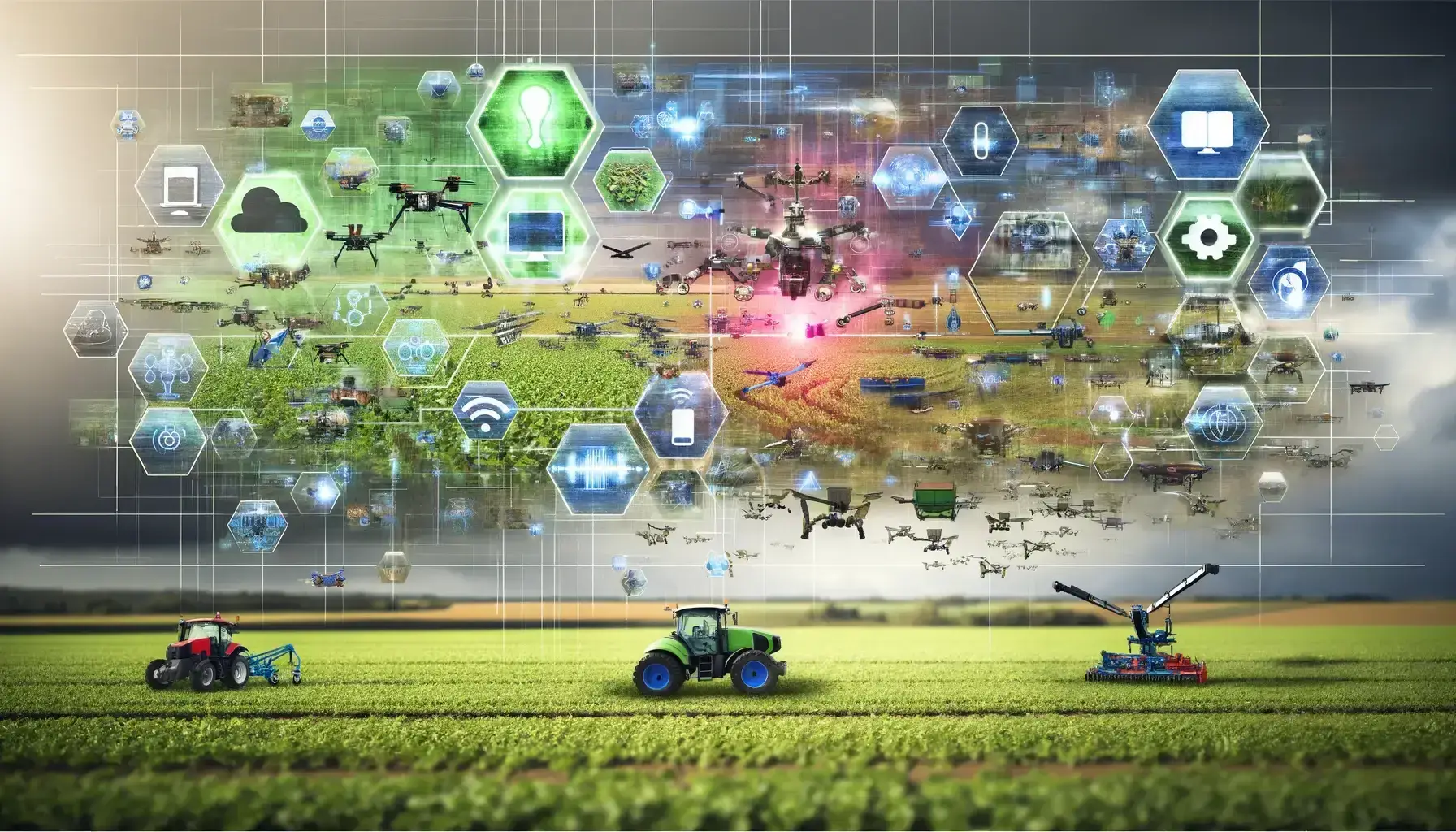
As autonomous technologies increasingly become a feature of the present and future, human judgment in guiding and observing the technology will gain more prominence. Autonomous technologies based on artificial intelligence and machine learning can work with unimaginable accuracy and efficacy but remain bounded by programmed algorithms and data sets.
Decisions requiring criticality and judgment, particularly on those of ethical value, social ramifications, and unforeseen events, demand the maturity of human judgment.
Humans possess some level of foresight, intuition, and ethical reasoning that remains beyond the reach of machines. This applies best in delicate, high-risk areas like self-driving cars, medical diagnostics, or warfare, where the cost of error would be catastrophic.
AI might be able to optimize for performance and efficacy, but perhaps it won’t necessarily recognize the larger implications of its actions. Human leaders should establish the ethical direction, guiding AI to ethical and responsible outcomes with the confidence that such technology would be human values-friendly.
In product creation, though, this dynamic kicks in. While AI may be able to suggest best features based on what consumers want and what’s trending in business, human leaders still get to decide who among them gets to implement whose innovations in ways that are closest to the company’s core mission, vision, and values. The balance between machine computation and human judgment yields a better system in which technological advancements are judiciously applied and assigned priorities according to the needs of society, not machines.
In order to facilitate this new model of leaders, organizations need to develop a new type of leaders—leaders who are not merely technical specialists but also skilled at the ethics, social mechanics, and emotional gymnastics of working with autonomous machines. These leaders will need to place human judgment at the center of innovation again so that organizations can tap the full creative power of human imagination and machine exactness in the era of automation.
Conclusion: Optimizing Your Innovation Strategy
In comparing human ingenuity with machine learning when it comes to product innovation, the solution does not lie in favoring one against the other but in grasping how best to harness their respective strengths for varying innovation settings.
Human ingenuity generally excels at:
- Early-stage concept generation and ideation
- Making sense of multifaceted human emotions and needs
- Working within ambiguous problem domains
- Responding to deep structural market changes
- Fostering organizational adoption and buy-in
Machine learning generally outperforms at:
- Efficient iteration and optimization
- Recognizing non-obvious patterns in data
- Searching through large solution spaces effectively
- Sustaining consistency at scale
- Adapting continuously to incremental change
The strongest approach appreciates that these abilities are complementary, not competitive. By placing human creativity and machine intelligence at the right places in the innovation process, organizations can deliver results far better than either could separately.
As innovation ecosystems further develop, the line between human and machine input will continue to blur. Human-machine interfaces that are more advanced, augmented creativity tools, and more advanced AI will make innovation environments where human imagination is amplified effortlessly by computational power, and where algorithmic insights are readily available to human innovators.
At DM WebSoft LLP, we focus on creating tailored innovation strategies that maximize the best of human imagination and machine learning. Our services cover the complete innovation journey, from problem definition and idea generation to implementation and scaling. Whether your company is starting its AI journey or wants to augment current innovation processes, we have the capability to enable you to achieve game-changing products at industry-leading pace.
Call DM WebSoft LLP today to learn how our integrated human-machine innovation methodology can speed up your product development and bring lasting competitive edge in your marketplace.
Human creativity typically excels in early-stage innovation, generating 120-150% more viable concepts than structured processes alone, while machine learning demonstrates superior performance in optimization and iteration phases.
Small businesses can effectively implement machine learning for innovation by starting with focused applications in areas with clear metrics, leveraging pre-trained models, and gradually building internal capabilities as they accumulate more proprietary data.
Machine learning optimized products typically achieve 15-30% higher customer satisfaction in functionality-driven categories, while innovations combining human creativity with ML optimization show 35-45% higher overall market success rates.
DM WebSoft LLP provides customized innovation frameworks that integrate human creativity with machine learning capabilities, typically delivering 40-50% faster innovation cycles and 30-50% higher adoption rates through our structured collaborative intelligence methodology.
Get Started Now !
What’s the Process ?
Request a Call
Consultation Meeting
Crafting a Tailored Proposal
Get Started Now !
Real Stories, Real Results. Discover What Our Clients Say

Working with DM WebSoft LLP was a game-changer for our business. Their technical prowess and innovative solutions transformed our online presence. A highly recommended web development agency with a stellar track record.

We are thrilled with the results DM WebSoft LLP delivered. Their deep understanding of web development coupled with years of expertise ensured a seamless and visually stunning website. True professionals!

In a digital age where first impressions matter, DM WebSoft LLP crafted a website that speaks volumes. The team’s attention to detail and commitment to quality set them apart. Thank you for making our vision a reality.

DM WebSoft LLP’s team demonstrated unparalleled expertise. Their ability to navigate complex technical challenges with ease is truly commendable. Choosing them for our web development needs was the best decision.

Exceptional service, unmatched skills! DM WebSoft LLP stands out as a leading web development agency. Their collaborative approach and commitment to excellence make them our go-to partner for all things web-related.

DM WebSoft LLP turned our ideas into a digital masterpiece. The seamless communication and timely delivery of our project showcased their professionalism. Highly impressed with the level of creativity and skill.

Our experience with DM WebSoft LLP was nothing short of amazing. From concept to execution, their team provided top-notch web development services. A reliable partner for businesses looking to elevate their online presence.

DM WebSoft LLP’s team of tech experts is second to none. Their wealth of experience reflects in the quality of their work. Our website not only meets but exceeds industry standards, thanks to their dedication.

Choosing DM WebSoft LLP was the best investment for our web development needs. Their team’s proficiency, coupled with a customer-centric approach, made the entire process smooth and enjoyable. A pleasure to work with!



